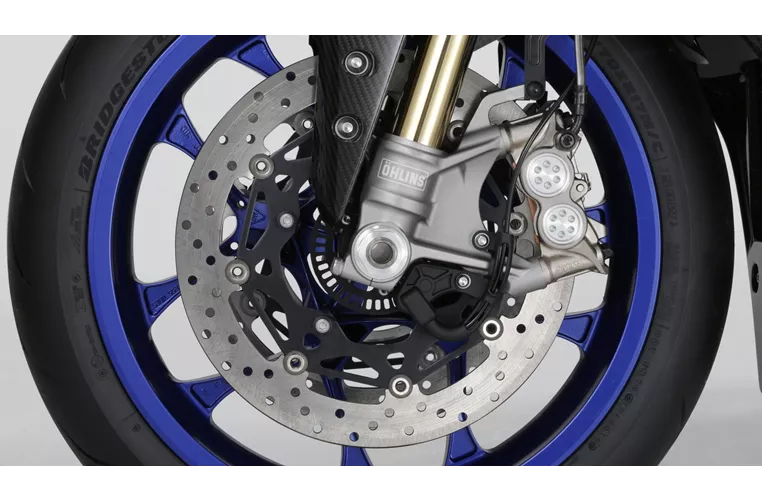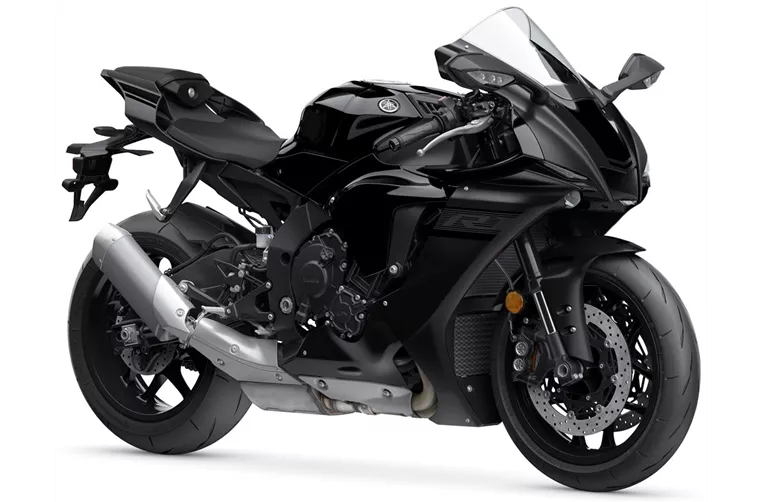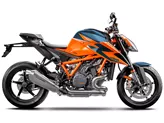Yamaha R1M 2015 vs. Yamaha R1 2020

Yamaha R1M 2015
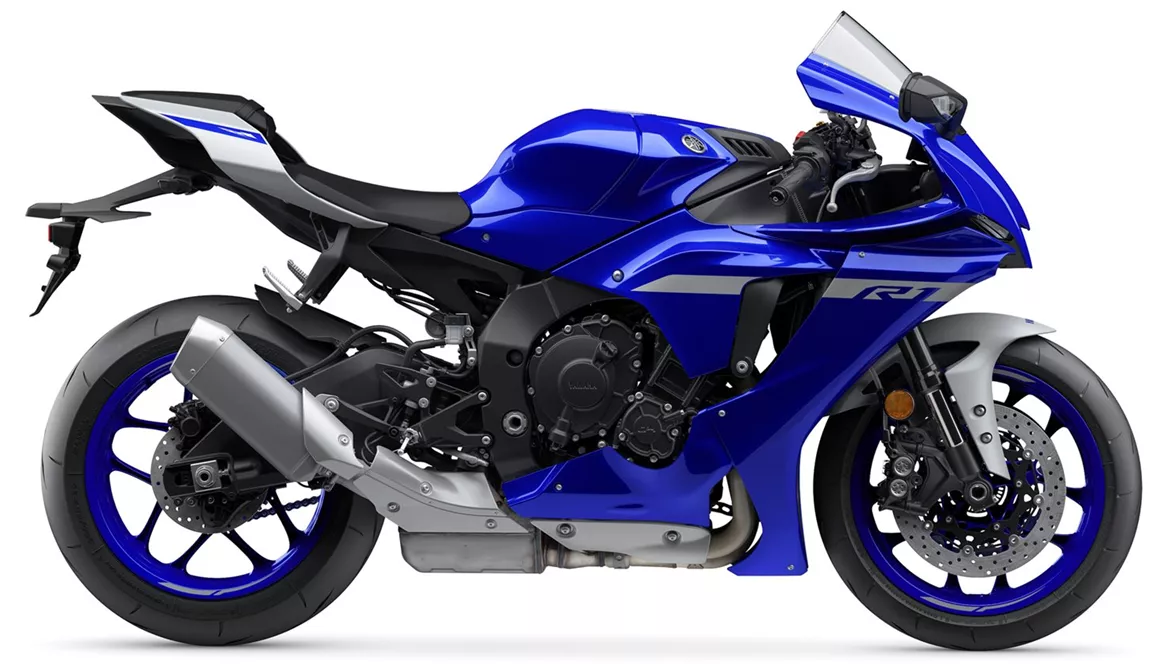
Yamaha R1 2020
Overview - Yamaha R1M 2015 vs Yamaha R1 2020
The Yamaha R1M model year 2015 and the Yamaha R1 model year 2020 share many similarities in terms of their technical specifications. Both bikes have the same engine bore, stroke, power, torque, compression ratio, cylinder count, valve per cylinder count, valve type, and displacement. They also feature the same front suspension with upside-down telescopic forks and an aluminum Deltabox frame. The front brakes on both models are double disk, and they have the same front tire width and diameter.
However, there are some notable differences between the two models. The Yamaha R1M 2015 comes equipped with advanced rider assistance systems such as launch control, traction control, and anti-wheelie. These systems provide additional safety and control for the rider. On the other hand, the Yamaha R1 2020 only has launch control and traction control as its advanced rider assistance systems.

Yamaha R1M 2015
In terms of dimensions and weights, both models have the same wheelbase, seat height, and fuel tank capacity. However, there are slight differences in the rear tire width and diameter. The Yamaha R1M 2015 has a wider rear tire compared to the Yamaha R1 2020.
When it comes to strengths, the Yamaha R1M 2015 is praised for its high-quality hardware components for the chassis, easy-to-use electronic high-tech suspension from Öhlins, and its status as a finished racing machine that is still road legal. On the other hand, the Yamaha R1 2020 is commended for its powerful engine, clean response, great but not intrusive sound, stable chassis, high-quality electronics, and wonderfully noble overall impression.
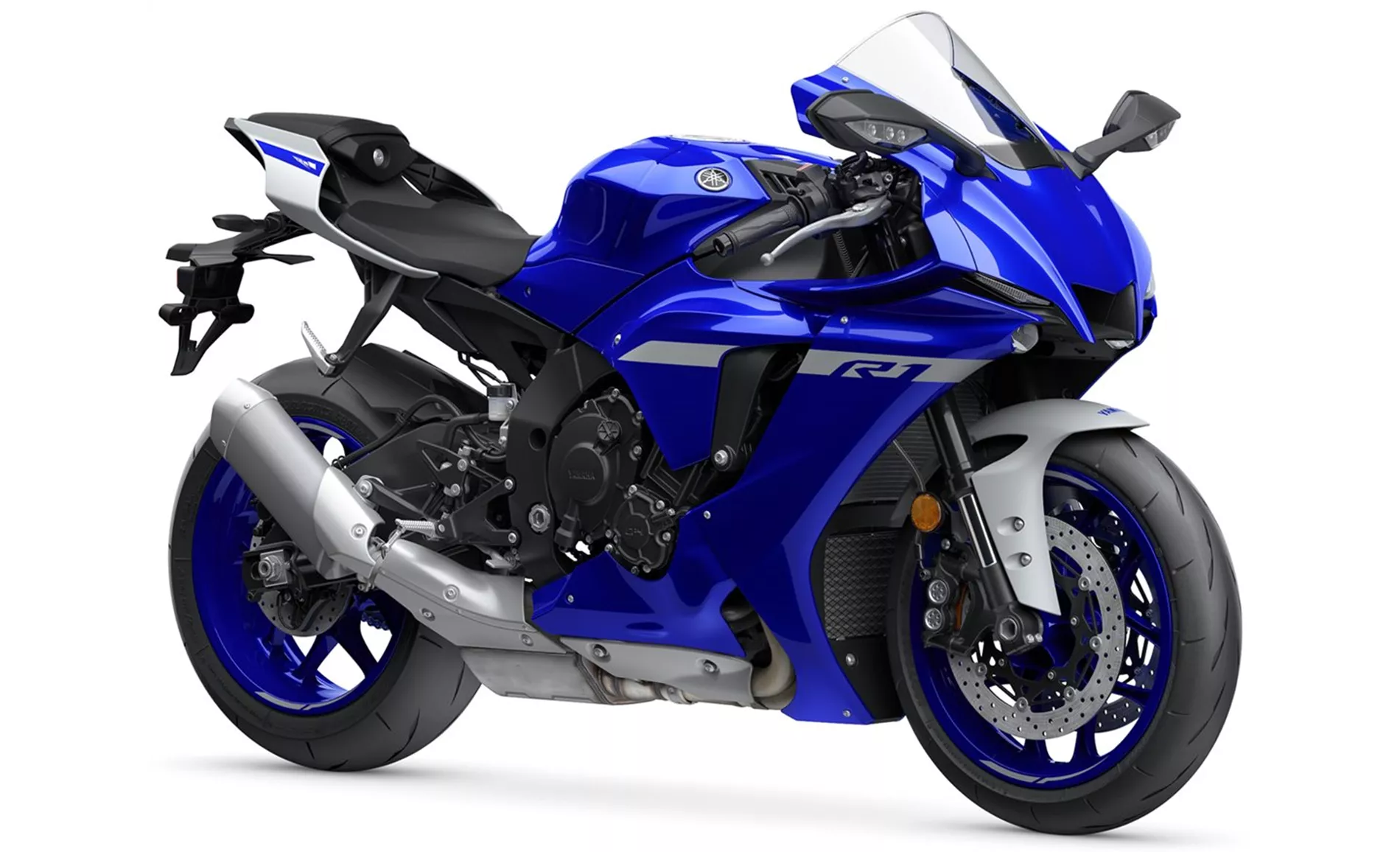
Yamaha R1 2020
However, both models have their weaknesses. The Yamaha R1M 2015 has a very limited number of units available, making it difficult for some riders to acquire. Additionally, its quickshifter only supports upshifting, which may be a disadvantage for riders who prefer the convenience of a quickshifter for both upshifting and downshifting. On the other hand, the Yamaha R1 2020 has been criticized for its brakes not being 100 per cent satisfactory on the race track.
In conclusion, while the Yamaha R1M 2015 and the Yamaha R1 2020 share many similarities in terms of their technical specifications, there are some differences that set them apart. Both models have their strengths and weaknesses, making them suitable for different types of riders and riding preferences.
Technical Specifications Yamaha R1M 2015 compared to Yamaha R1 2020
Pros and Cons in comparison
Pros and Cons in comparison
Yamaha R1M 2015
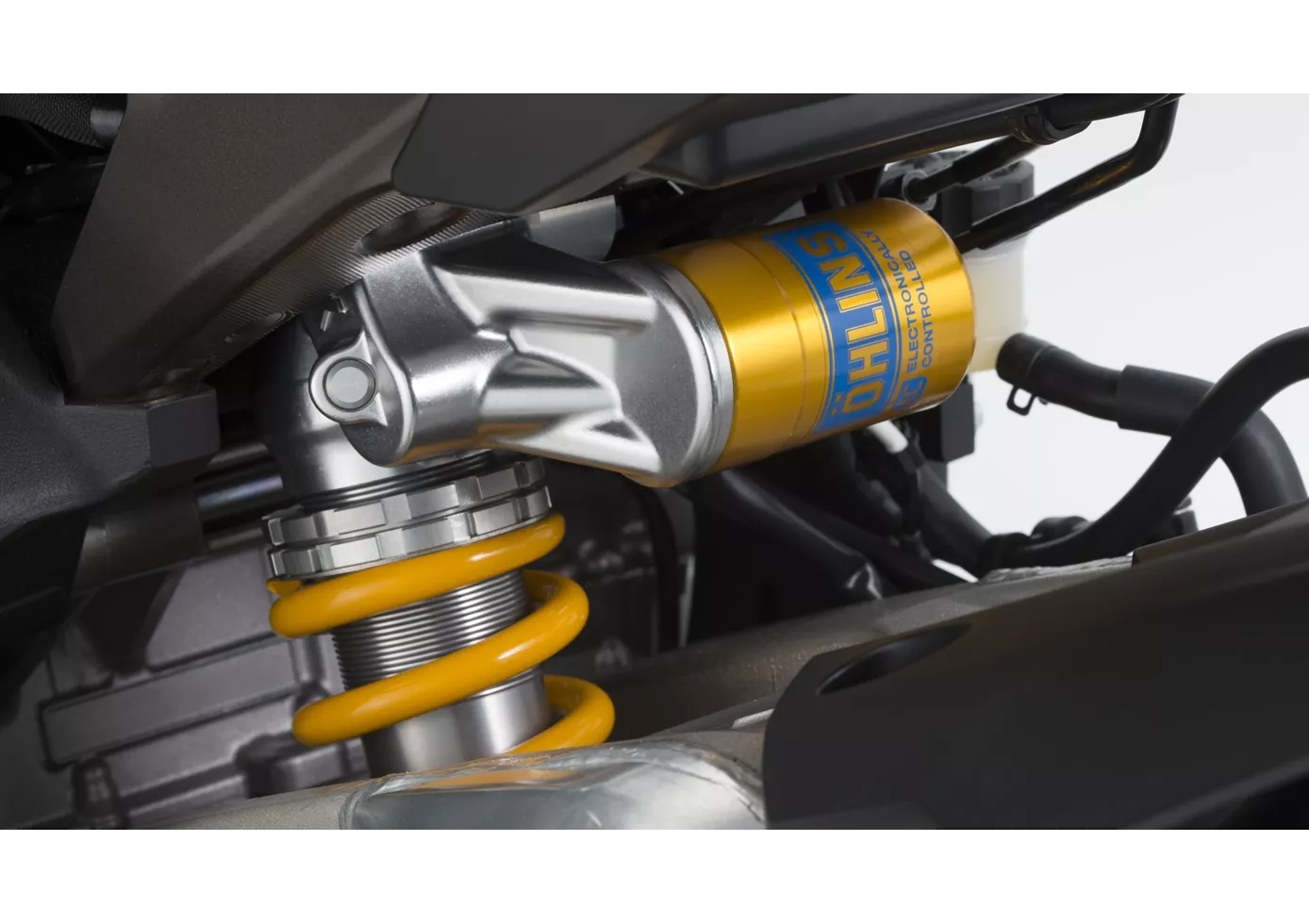
The Yamaha R1M is a high-priced motorbike. But you don't pay the extra price for worthless bells and whistles, but for a high-quality racing chassis and other tasty details. The R1M is a good choice for those riders who always upgrade their bikes with tuned suspension anyway. In practice, the R1M rides superbly and the ERS system from Öhlins seems tailor-made for it.
Yamaha R1 2020
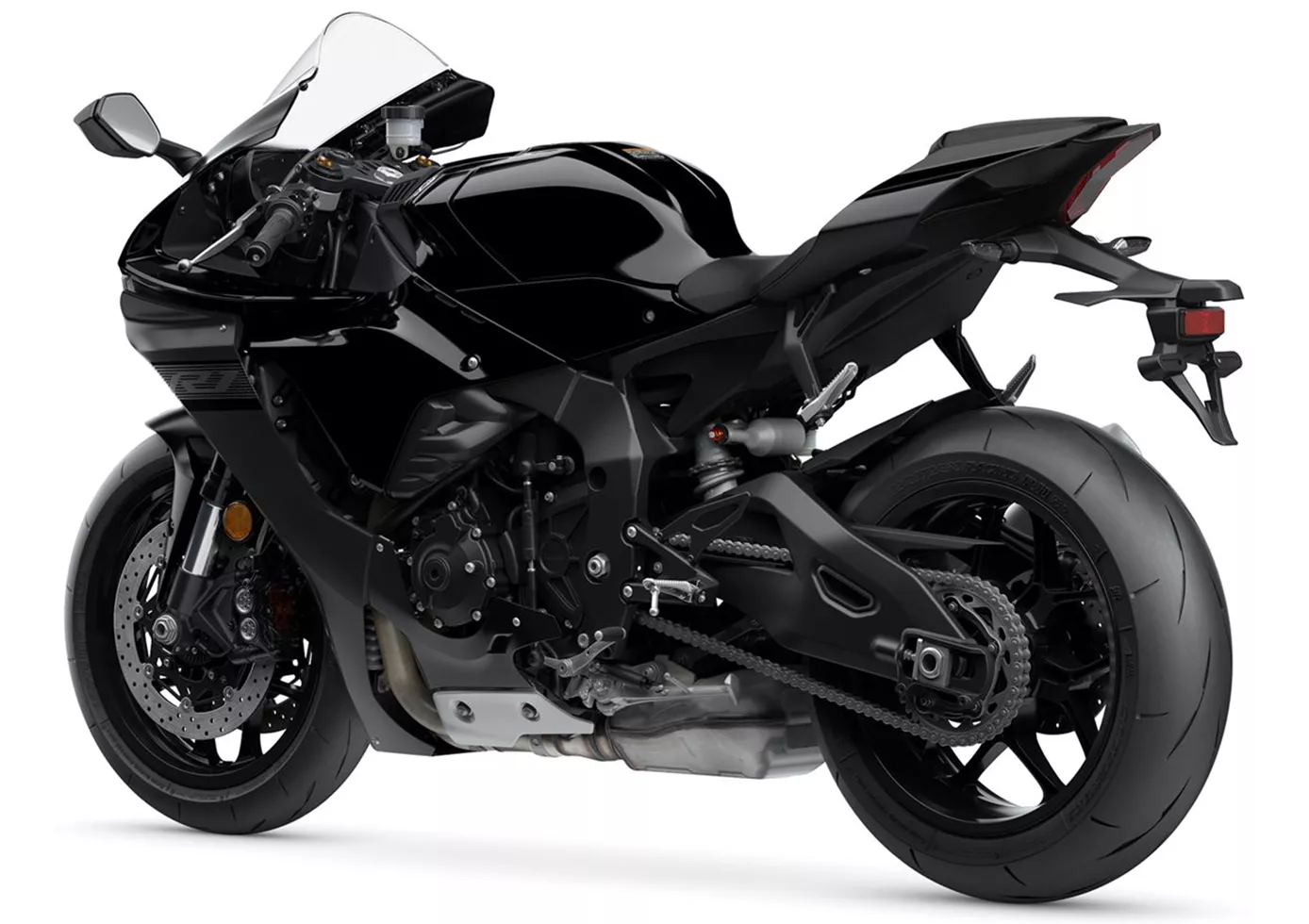
The Yamaha YZF-R1 is mature and makes countless racetrack pilots happy. The engine shines with lightness and agility, the seating position surprises positively and the handling is radical but still "suitable for the masses". The machine immediately stands out visually and also because of the heart-warming sound. Especially on the country road, the bike scores with its well-known strengths: great engine, great electronics, great package! A real pleasure to ride!
Price Comparison Avarage Market Price Yamaha R1M vs Yamaha R1
There are a few key differences between a Yamaha R1M 2015 and a Yamaha R1 2020. It takes less time to sell a Yamaha R1M with 46 days compared to 86 days for a Yamaha R1. Since model year 2015 1000PS.de editors have written 26 reviews for the Yamaha R1M and 80 reviews for the Yamaha R1 since model year 2005. The first review for the Yamaha R1M was published on 03/12/2014 and now has more than 9,700 views. This compares to more than 3,900 views for the first review on Yamaha R1 published on 28/04/2003.
